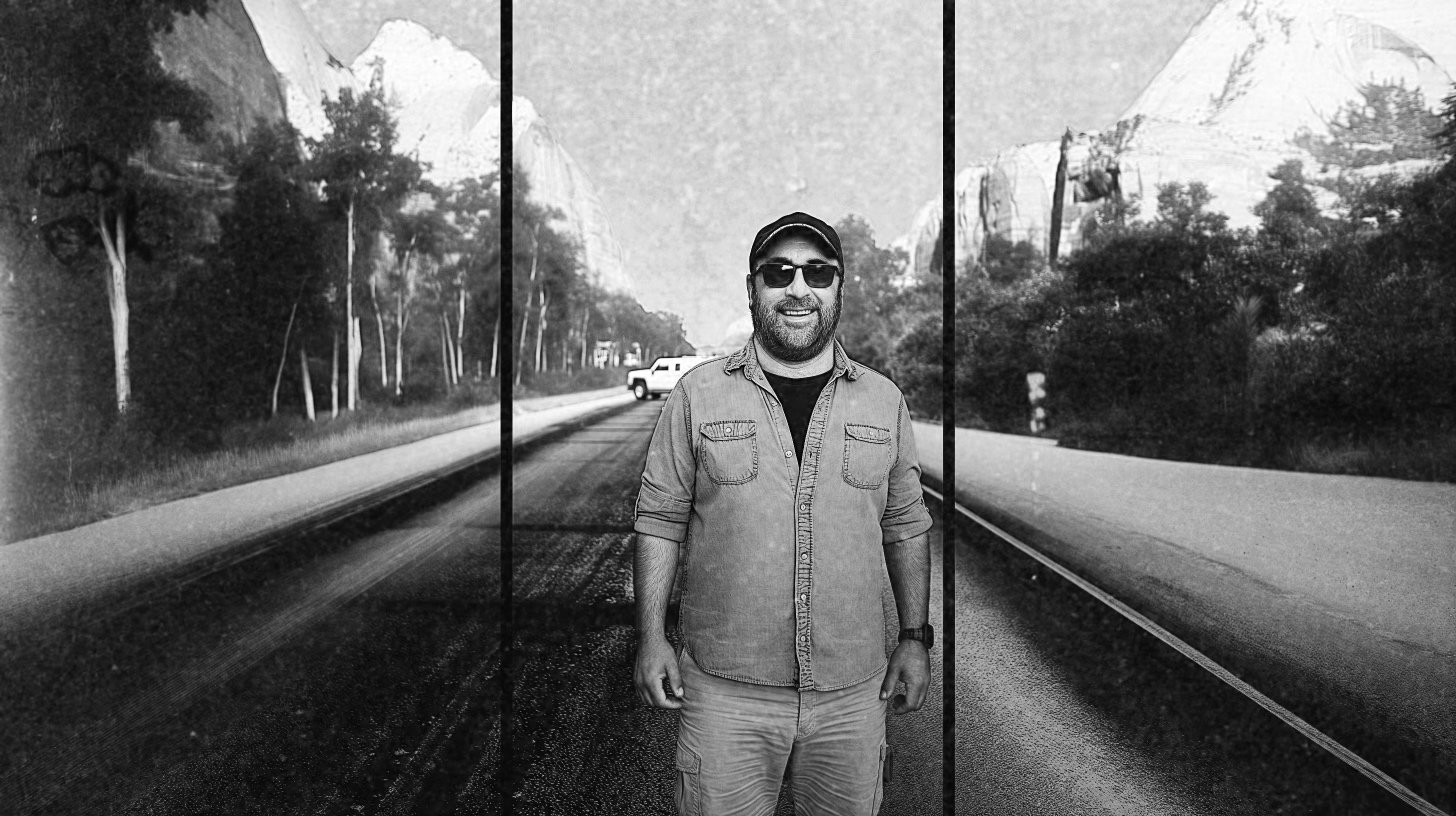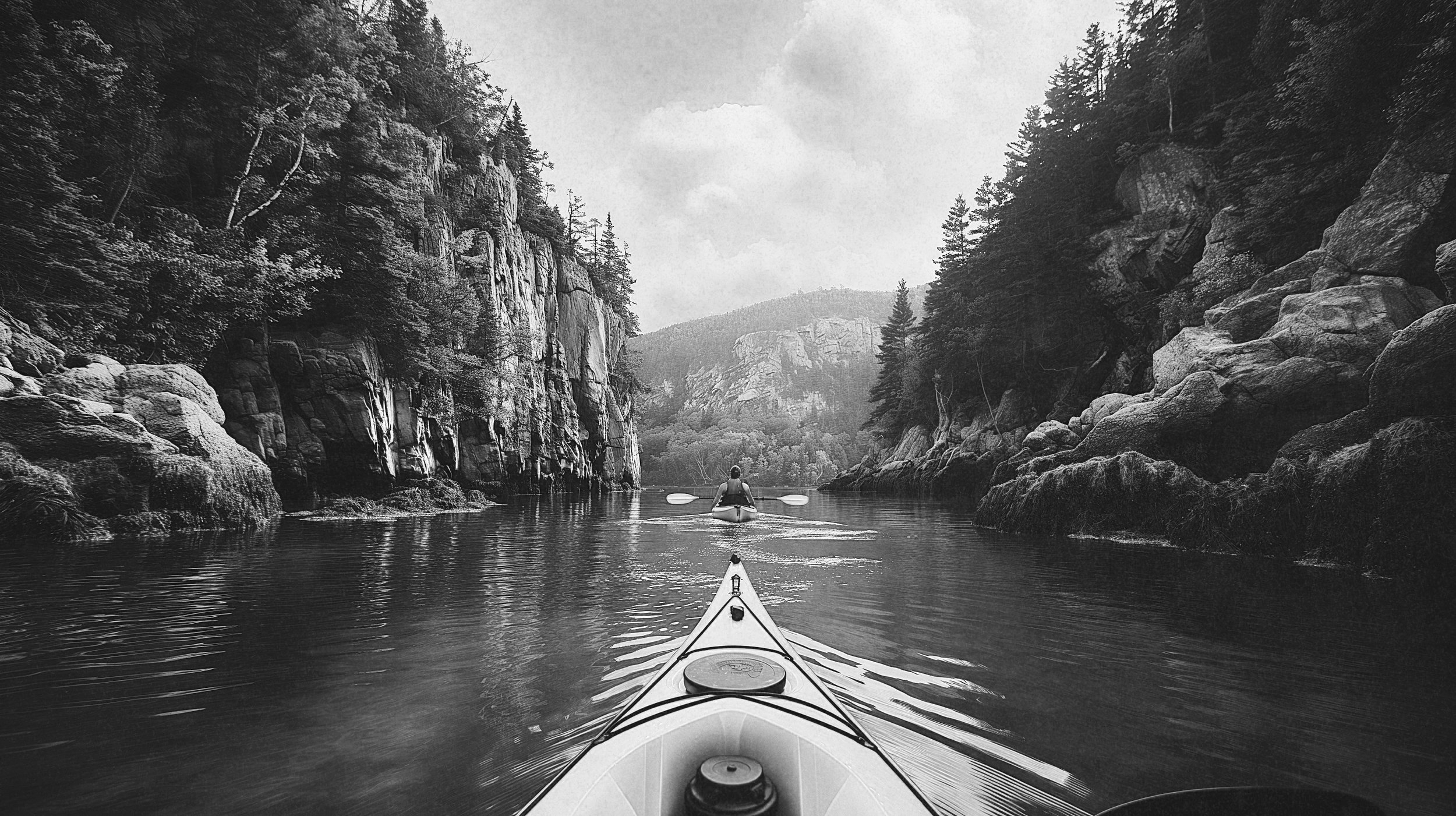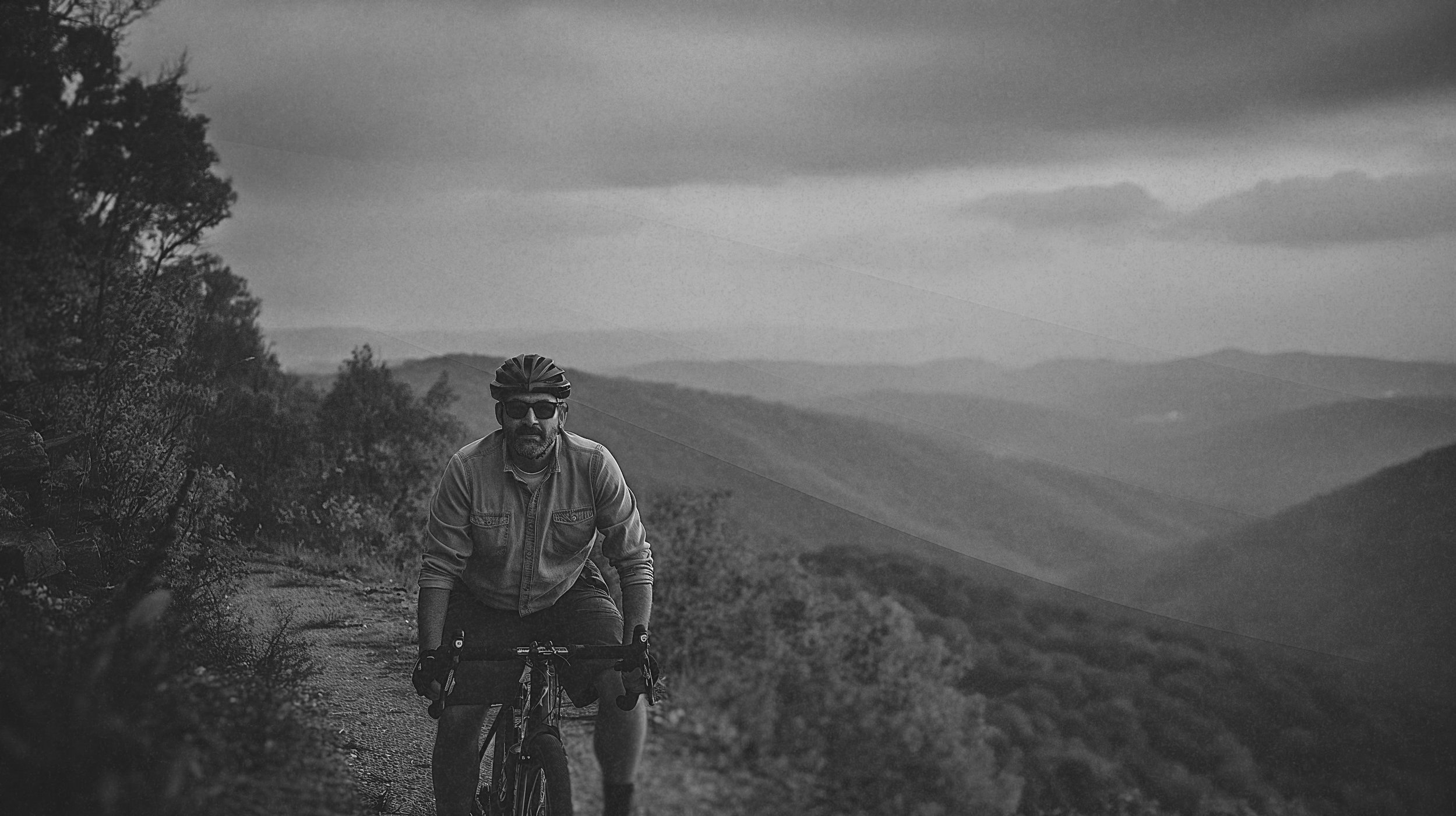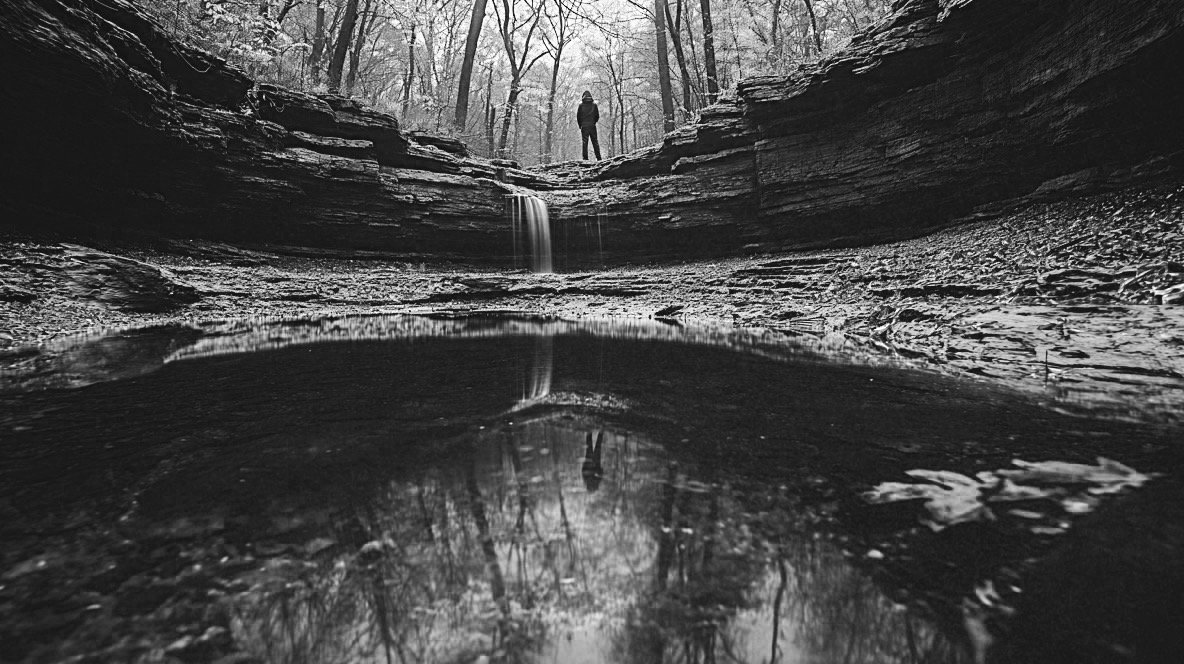A Beginner’s Guide to Tackling the John Muir Trail

I first stumbled upon the John Muir Trail while exploring the Pacific Crest Trail at twenty. The imposing mountains of the Sierra Nevada were both daunting and exhilarating, drawing me into a world of untouched beauty and rugged adventure. As I navigated the trail's 211 miles of breathtaking scenery, I knew this was an experience worth sharing. Now, I aim to impart the wisdom gathered from a couple thru-hikes, hoping to inspire outdoor enthusiasts and brands alike to embrace the call of the wild.
The Magic of the John Muir Trail
The John Muir Trail (JMT) is a crown jewel for hikers, offering pristine campsites, crystal-clear alpine lakes, and a rich trail culture. Despite its significant elevation changes, it remains accessible to various skill levels with proper planning. Whether you're a novice or a seasoned hiker, the JMT presents a unique opportunity to connect with nature's grandeur.
Key Tips for a Successful Thru-Hike
Choosing Your Direction
Most hikers start from Yosemite National Park and head south to Mount Whitney. This direction allows gradual acclimatization to altitude, with Yosemite Valley at 4,000 feet and Mount Whitney peaking at 14,505 feet. The initial low elevations help build stamina, preparing you for the challenging sections ahead. However, permits for this popular route can be competitive, so flexibility in your start date increases your chances of securing one.
Essential Resupply Points
Planning your resupply strategy is crucial. Here's a breakdown of key points:
- Tuolumne Meadows (Mile 23.9): Seasonal resupply with limited amenities.
- Red's Meadow (Mile 57.3): Access to Mammoth Lakes, ideal for restocking and gear adjustments.
- Vermilion Valley Resort (Mile 86.5): Offers a café and accepts resupply packages.
- Muir Trail Ranch (Mile 106.4): Last major resupply before tackling the trail's toughest passes.
- Onion Valley (Mile 177.9): A detour over Kearsarge Pass, well worth it for resupply before the final push.
Each of these points requires meticulous planning, as shipping times and availability can vary.
Permits and Timing
Obtaining a JMT permit is competitive. Enter the lottery six months in advance and be flexible with your dates. Should you miss out, consider the 40% of permits released seven days in advance. The prime hiking season is late July through September, with late summer offering fewer bugs, less crowded trails, and manageable stream crossings.
Gear and Preparation
Being self-sufficient on the JMT is non-negotiable. Here's what you'll need:
- Trekking Poles: Essential for balance and climbing.
- Quick-Drying Shoes: Vital for comfort and preventing blisters.
- Satellite Communicator: For weather updates and emergency contact.
- Bear Can: Required for food storage along most of the trail.
- Mapping Software: Offline maps are crucial for navigation.
- External Battery: To keep your devices charged.
- Extra Layer: Necessary for cold nights at high altitudes.
Practice with your gear beforehand to ensure reliability and familiarity.
The Journey's Sections
The JMT can be divided into distinct segments, each with its unique highlights:
Yosemite Valley to Red's Meadow (57 Miles)
This section introduces you to the High Sierra, with significant climbs like Donahue Pass (11,073 feet). Key sights include the awe-inspiring Thousand Island Lake and the geological marvel of Devils Postpile.
Red's Meadow to Muir Trail Ranch (50 Miles)
Camping opportunities abound, with scenic spots like Virginia Lake and the stunning Silver Pass. Waterfalls and alpine lakes make this segment a hiker's paradise.
Muir Trail Ranch to Mount Whitney (98 Miles)
The trail's toughest section features five high passes, including Forester Pass (13,153 feet). Highlights include the serene Rae Lakes and the majestic summit of Mount Whitney, the highest peak in the contiguous United States.
Campsites and Detours
Camping is part of the JMT's allure, with options like Thousand Island Lake and Evolution Valley offering unforgettable views. For those seeking extra adventure, side trips to Half Dome and Clouds Rest in Yosemite are must-dos.
Lessons for Outdoor Lifestyle Brands
The John Muir Trail offers more than just an adventure—it's a blueprint for resilience, planning, and connection. Outdoor lifestyle brands can draw parallels between the trail's demands and the business landscape. Here are a few takeaways:
- Preparation and Planning: Just as hikers meticulously plan their journey, brands must prepare comprehensive strategies for success. This includes understanding market trends and consumer behavior.
- Flexibility and Adaptability: The ability to pivot and adapt, much like adjusting to trail conditions, is crucial for brands navigating ever-changing market dynamics.
- Resilience in Adversity: The trail teaches resilience. Brands, too, must weather challenges and setbacks, emerging stronger and more determined.
- Community and Connection: The JMT fosters a sense of community among hikers. Brands should strive to build and nurture strong communities around their products and values.
Final Thoughts
Embarking on the John Muir Trail is a transformative experience, offering lessons in endurance, planning, and the sheer beauty of nature. For outdoor lifestyle brands, these lessons are invaluable, providing insights into building strong, resilient, and adaptable strategies. So, lace up your boots, pack your gear, and embrace the adventure that awaits—both on the trail and in the business world.
I am an Ad-Age, Emmy, Shorty, Telly, and Webby Award-Winning Social Media Strategist and Content Creator for outdoor lifestyle, adventure, travel, and recreation brands. With over 20 years of innovation in social media strategy and content creation, I’ve been pivotal in enhancing the digital footprint of numerous outdoor lifestyle and adventure brands. My expertise lies in crafting compelling narratives that engage and inspire audiences, driving community engagement and brand loyalty.
adage, emmy, telly & webby award-winning digital marketing consultant for purpose-driven food & beverage brands.





